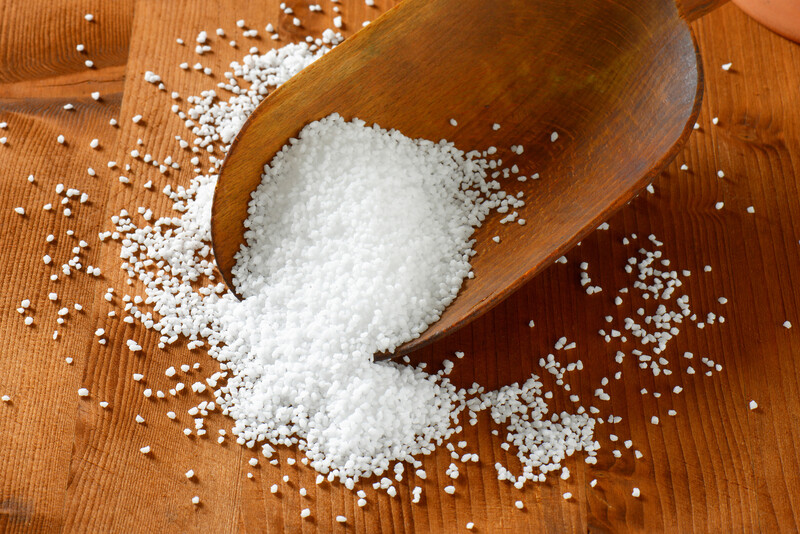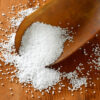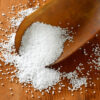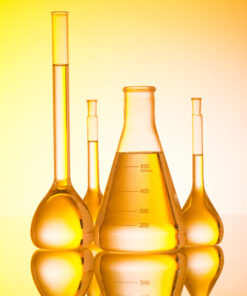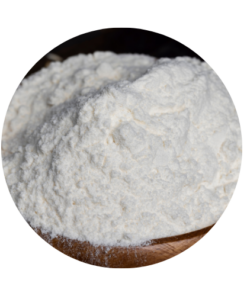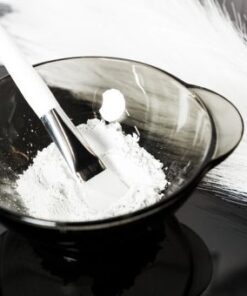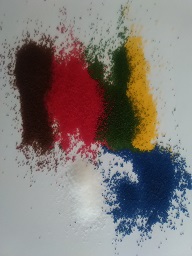Stearic Acid – 100g
R22,87
Stearic Acid – 100g – commonly used in products as an emulsifier, thickening agent, and stabilizer. It helps products and cosmetics maintain consistency.
31 in stock
Stearic Acid – 100g
Stearic Acid – 100g | Multi-Purpose Emulsifier, Thickener & Stabilizer
A versatile, long-chain fatty acid with a wide range of uses in cosmetics, skincare, food, pharmaceuticals, and industrial applications. This white, waxy solid is naturally derived from animal fats, cocoa butter, and some vegetable oils like palm and coconut oil, making it a valuable ingredient in many products.
Key Features & Benefits:
-
Chemical Structure – A saturated fatty acid (C18H36O2), ensuring stability and effectiveness in emulsions.
-
Natural Source – Found in animal fats and vegetable oils, making it a natural choice for formulations.
-
Texture Enhancement – Adds creaminess and smoothness to skincare, personal care, and cosmetic products.
-
Emulsification – Prevents the separation of oil and water-based ingredients, ensuring product consistency.
-
Versatile Applications – Ideal for use in skincare products, candles, pharmaceuticals, and even food production.
-
Longer Burn Time (Candles) – Enhances candle performance by increasing burn time and reducing drips.
-
Food & Pharmaceutical Use – Serves as a release agent in baking and as a lubricant in tablet manufacturing.
Applications:
-
Cosmetics & Skincare – Used as an emulsifier and stabilizer, it helps create luxurious textures in creams, lotions, and balms.
-
Candles – Improves the structural integrity of candles, making them burn longer and cleaner.
-
Pharmaceuticals – Prevents tablet sticking to molds and improves the ease of tablet production.
-
Food Industry – Serves as a food additive (E570) to prevent sugar crystallization and improve texture.
Stearic acid’s ability to enhance texture, stabilize emulsions, and improve product longevity makes it an essential ingredient across multiple industries. Whether you’re formulating cosmetics or creating candles, this compound delivers high performance with versatility.
| Weight | 0,105 kg |
|---|---|
| Dimensions | 10 × 5 × 10 cm |

